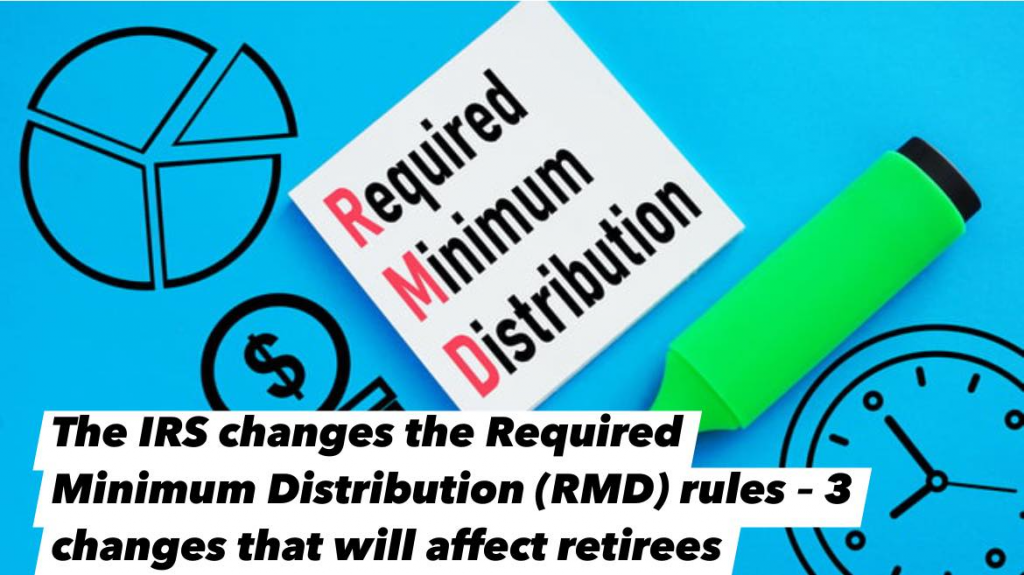Contributions to traditional tax-deferred retirement accounts can be deducted from your taxable income, boosting your potential to grow your retirement savings.
However, these tax advantages have limits. Eventually, taxes must be paid on these savings, which is where Required Minimum Distributions (RMDs) come in.
RMDs require individuals starting in their 70s to begin withdrawing from their tax-deferred accounts. Inherited IRAs may also be subject to RMDs; each withdrawal triggers tax obligations.
Failing to comply with RMD requirements can lead to hefty penalties—up to 25% of the missed distribution. You must also take the required distribution and pay the associated taxes.
Recent legislative changes have brought updates to RMD rules. In July, the IRS finalized regulations to clarify these new rules. Here are three key points to consider:
1. **Inherited IRAs and RMDs:** If you inherited an IRA from someone who passed away after December 31, 2019, you might need to take RMDs. The Secure Act changed the rules significantly, requiring beneficiaries to deplete the account within ten years, with certain exceptions for specific beneficiaries like spouses or minor children.
2. **Clarification on the 10-Year Rule:** The IRS waived RMD requirements for inherited IRAs for 2021-2024 due to initial confusion about the 10-year rule. However, starting in 2025, RMDs will be enforced. Beneficiaries should consider taking annual withdrawals to manage their tax burden effectively.
3. **Changes in RMD Age:** The Secure 2.0 Act raised the RMD age from 72 to 73 in 2023 and will increase to 75 in 2033. This change has confused people, particularly those born in 1959. The IRS has proposed that individuals in this group begin RMDs at age 73. It’s also worth noting that you can delay your first RMD until April 1 of the following year, but doing so means taking two distributions in one year, which could increase your tax liability.
Understanding these rules and planning can help you maximize your retirement savings while avoiding unnecessary penalties.
- Follow or share

